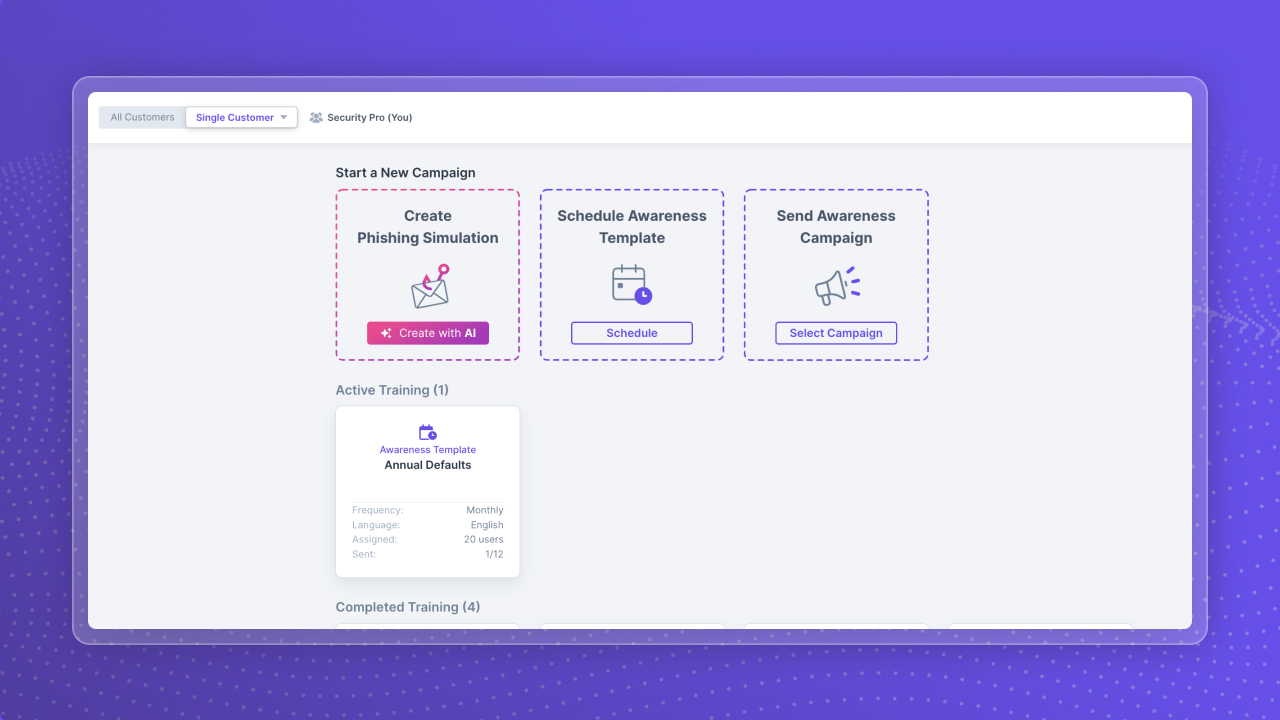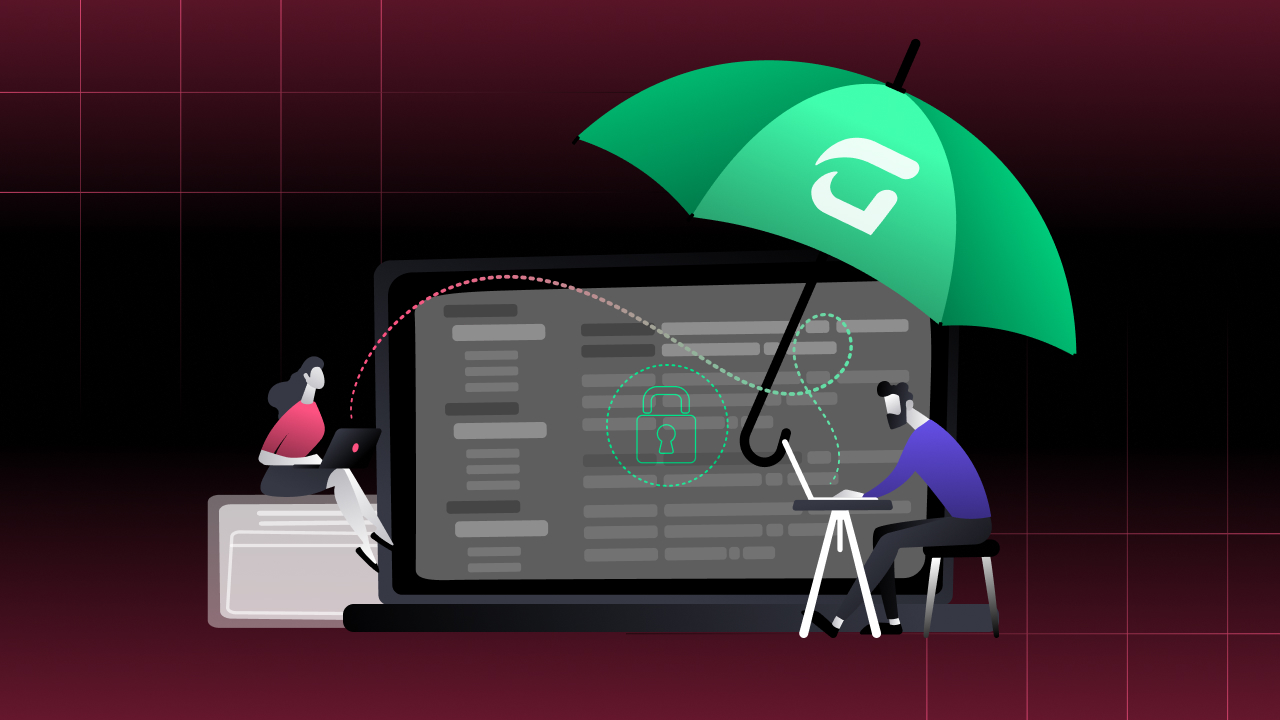Main Takeaways:
- Enhance Security with Device Posture Checks: Understand the importance of device posture checks in securing endpoints and preventing unauthorized access.
- Manage Unmanaged Devices and BYOD: Learn how to handle the challenges of Bring Your Own Device (BYOD) policies and the surge in unmanaged devices.
- Regulatory Compliance and Preventive Measures: Discover how device posture checks aid in regulatory compliance and act as a preventive measure against data breaches.
As the world continues to go digital, the number of devices accessing corporate networks has surged dramatically. MSPs are tasked with securing not just corporate-issued devices but also personal devices used by employees and executives. A startling statistic reveals that 97% of executives access work accounts on their personal devices, introducing numerous vulnerabilities.
The challenge for MSPs is substantial: how to protect sensitive information on devices that may not be visible or directly controllable. This blog delves into the crucial role of device posture checks in fortifying security, especially in an era where remote work and Bring Your Own Device (BYOD) policies are prevalent. We will explore how these checks function, their benefits, and their application in enhancing overall cybersecurity.
How many devices are you responsible for securing?
Probably a lot more than you would think, and not just limited to employees.
A recent report found that 97% of executives access work accounts on personal devices.
But how can you protect what you don’t know or can’t keep track of on personal devices that access the corporate network from an unsecured endpoint?
In this blog, we’ll explore the most vulnerable points of entry for attackers, the—endpoints, and how device posture checks can help add a security shield against these threats.
What is a Device Posture Check?
A device posture check (DPC) is a security assessment process that evaluates the current state and health of a device to determine if it complies with security policies.
Device posture checks enable you to define security rules before granting access to any sensitive resources. A DPC can also help you identify unknown devices in the network by assessing their configurations and if any suspicious behavior has been detected.
Device posture checks are essential for securing remote access beyond the traditional office perimeter, where sensitive data resides in the cloud.
Research found that more than 40% of data breaches can be traced back to unsecured endpoints. Without visibility into device health and device posture, an organization leaves many points of entry readily accessible for an attack.
Managing Unmanaged Devices and BYOD in the Cloud
Access management is a complex never-ending security game.
Data taken from a recent study found that the average enterprise has more than 1,000 SaaS apps, with 17% of those being rogue apps that are not managed by IT.
But how you can secure what isn’t visible on the surface?
Access permissions that haven’t been revoked can cause you a lot of trouble down the line. This applies to employees no longer with the organization or third-party contracts that either weren’t renewed or terminated altogether.
BYOD usage exploded during the pandemic but has made remote security a prime concern for IT professionals. Despite the growing concerns, many companies have still not fully adopted BYOD policies. An IT report found that 47% of companies allow employees to access their resources on unmanaged devices.
Think that’s bad?
Now, factor in the sheer volume of unmanaged devices in an enterprise and the number of potentially compromised endpoints, and you have a lot to worry about. Without establishing defined policies and access segmentation, every endpoint becomes a prime target for a data breach.
And it gets even worse.
Consider the number of stale user accounts and credentials floating around public cloud environments, just waiting to be exploited. This means that any endpoint can be breached at any given moment. We’re not even talking about the constant battle of updating the latest OS configurations and critical updates that need to be installed.
Implementing strong authentication mechanisms such as MFA helps as a proactive measure but it doesn’t fully mitigate the risks associated with unmanaged devices and compromised endpoints.
That’s where a DPC comes into the security picture.
Device Posture Checks Use Cases
Device posture checks can benefit organizations in several ways.
- Improve Regulatory Compliance: Protecting sensitive data is a top priority. Compliance penalties are quite expensive too. Device posture checks help ensure that all devices accessing the corporate network meet established security standards and comply with regulatory requirements. A DPC enables you to block access for untrusted devices and accounts by enforcing security policies and rules. Compliance becomes a more streamlined process when you know which devices have been authenticated. A DPC can also check device compliance over time to keep up with an infinite number of new devices and users that are added to the network daily.
- Prevent Unauthorized Access: Not every device should be granted access to the corporate network. Sounds fairly obvious, right? Not quite. MSPs are responsible for managing multiple enterprise clients who might enlist dozens of third-party admins to grant access permissions to users. But, what happens when an employee leaves the organization and their access hasn’t been revoked? Or a third party who’s contract has been terminated, yet still has access to shared Drive folders? Device posture checks enable you to limit access to employees and third-party contractors entirely based on user roles and permission sets. By the way, it pays to invest in cyber insurance coverage too. Having cyber insurance can help protect you from liability in a breach dispute and is highly recommended for all MSP and small business owners.
- BYOD (Bring Your Own Device) Management: The pandemic helped fuel the work from home and anywhere remote model. Employees began using their personal devices to connect to the corporate network but also to visit potentially dangerous websites loaded with malware. That “anti-virus update” they accidentally installed could lead to a massive breach and trickle further if weak passwords and company accounts are left open. This shift to BYOD ushered in a new wave of remote cyber threats that range from man-in-the-middle (MITM) attacks to advanced phishing attacks and Ransomware as a Service (RaaS). Device posture checks provide you with the tools to enforce BYOD security policies and ensure that only secure devices are permitted to access the network.
Endpoint Secured: Prevent Common Device Threats with Guardz
Security begins at the endpoint.
Guardz provides complete device posture checks and managed device protection as part of a comprehensive Endpoint Security solution. The Guardz platform detects outdated operating systems (OS) and continuously monitors endpoints to prevent common threats. Map device resources and enforce security policies companywide.
Provide your clients with the assurance they need, whether you’re securing BYOD for remote workers in the cloud or on-prem. Leave no device or endpoint vulnerable to an attack. Secure your endpoints with Guardz. Get a demo today to learn more.
- Share On:












